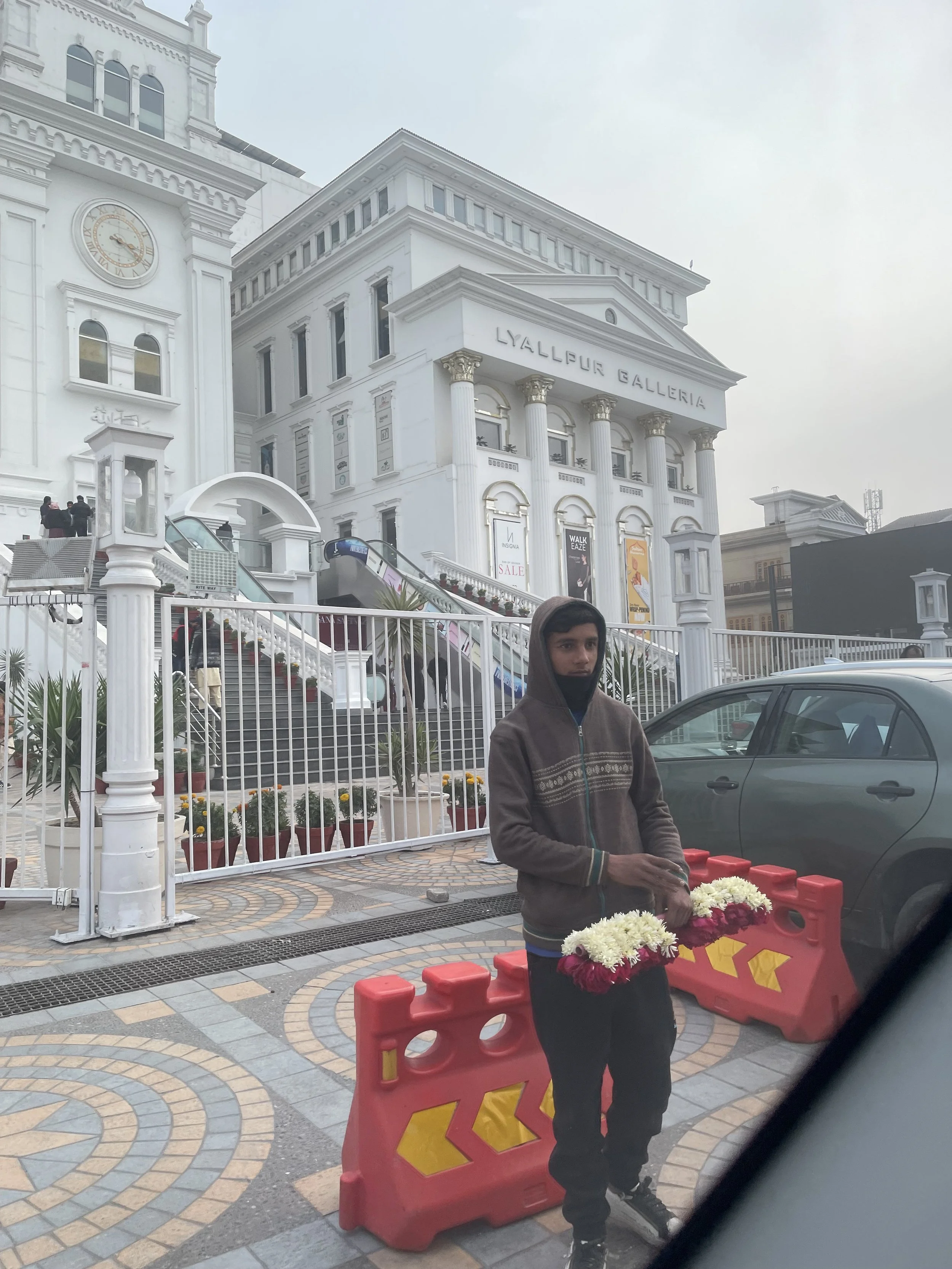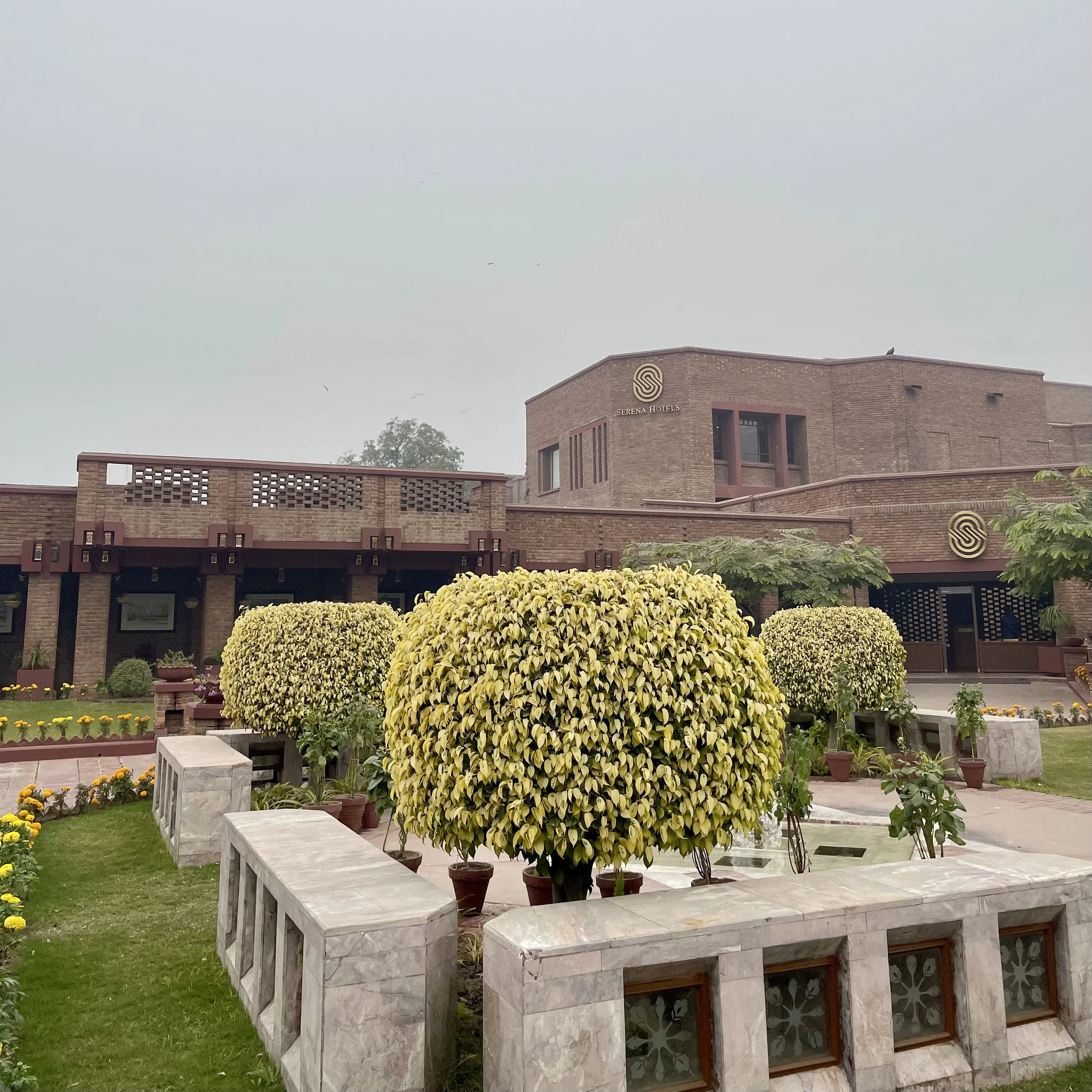FAISALABAD - LYALLPUR
A small village transformed into the 2nd largest city of the state - Faisalabad. The villages surrounding Faisalabad existed through many empires and dynasties that ruled Punjab for centuries - the Ghazanvid empire, Delhi Sultanate, and Mughal Empire.
At the time of the Punjabi Confederacy, it can be expected that the area was influenced by the Sikh Misls and other local powers, however it was not a prominent area preceding and during the 18th Century.
The city of Lyallpur was established in 1892, well after the other main cities of Punjab. It was named after the Lieutenant Governor of The Punjab - Sir James Lyall, and built with a canal irrigation system. The city was built with a grid layout surrounding the central Ghanta Ghar - clock tower, with eight bazaars - market places circling the tower. The canal system significantly increased the agricultural output of the region, and turned it into a fertile agricultural area.
A boy selling gajre - flower bangles in front of the Lyallpur Galleria mall.
During the 1947 partition, Lyallpur was also subject to the unrest that overtook Punjab, as it had a diverse population. Alongside the announcement of the partition, the city’s demographic make-up changed as the muslims from the east of Punjab migrated into the city, and the Sikhs, Hindus, and other religious minorities migrated out.
Following the 1947 partition, Lyallpur became part of Pakistan, and its once diverse population became predominantly muslim. Initially, the city saw some economic loss as it had to accomodate a large number of displaced refugees, however, they soon took over the roles of those who had left and uplifted the economy again. Lyallpur continued to grow as an agricultural and industrial hub as the refugees began to establish new businesses and industries.
In 1979, the city was renamed Faisalabad as an homage to the King Faisal of Saudi Arabia. This reflected the close ties between the two muslim nations.
The Serena Hotel in Faisalabad.
Today, the city of Faisalabad is Punjab’s 2nd largest city with a population of 3 million, and is a significant contributor to the nation’s GDP. Specifically, it has well established textile, manufacturing, and agricultural industries.
Until our paths cross in Gujrat - Trish Saab
